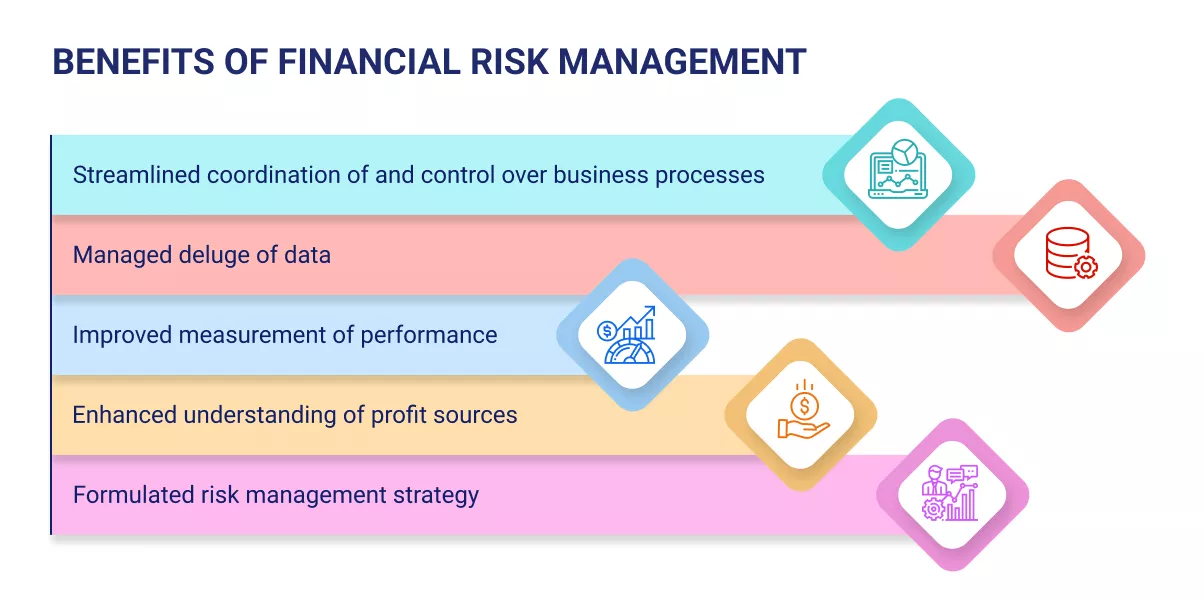Understanding the Significance of Risk Management in Contemporary Business Practices
Understanding the Significance of Risk Management in Contemporary Business Practices
Blog Article
The Importance of Recognizing the Value of Risk Management in Different Industries

The Core Concept of Risk Management and Its Function
Risk Management, the cornerstone of many sectors, pivots on the recognition, examination, and mitigation of unpredictabilities in a service environment. By appropriately recognizing possible dangers, businesses can develop strategies to either protect against these threats from occurring or reduce their impact. As soon as risks have been recognized and examined, the mitigation procedure includes devising techniques to reduce their possible impact.
Advantages of Implementing Risk Management in Company Procedures

Unveiling the Function of Risk Management in Different Industries
While every industry confronts its one-of-a-kind set of threats, the execution of Risk Management approaches stays a typical in their pursuit of sustainability and growth. In the medical care sector, Risk Management involves guaranteeing client security and information defense, while in financing, it includes mitigating financial investment risks and making sure regulative conformity (importance of risk management). Building and construction companies concentrate on employee safety and security, project delays, and budget plan overruns. In the modern technology sector, companies alleviate cybersecurity threats and technology obsolescence. Inevitably, the function of Risk Management throughout industries is to determine, examine, and minimize dangers. It is a vital element of tactical planning, enabling companies to protect their properties, optimize chances, and accomplish their objectives.
Real-life Case Studies Demonstrating Successful Risk Management
To comprehend the value of Risk Management in these lots of sectors, one can basics want to several real-life instances that illustrate the effective application of these steps. For circumstances, in the power market, British Petroleum developed Risk reduction prepares post the 2010 Gulf of Mexico oil spill. They applied far better safety and security treatments and more stringent guidelines which considerably lowered additional accidents. Similarly, in money, Goldman Sachs efficiently browsed the 2008 financial crisis by determining potential mortgage-backed protections risks early. Toyota, publish the 2011 quake in Japan, modified its supply chain Management to minimize disturbance dangers. These situations show just how sectors, finding out from dilemmas, effectively used Risk Management techniques to decrease future threats.
Future Patterns and Advancements in Risk Management Approaches
Cybersecurity, once a peripheral issue, has catapulted to the leading edge of Risk Management, with methods focusing on prevention, detection, and response. The combination of ESG (Environmental, Social, Governance) factors into Risk Management is another expanding trend, reflecting the raising acknowledgment of the duty that ecological and social threats play in service sustainability. Thus, the future of Risk Management exists in the fusion of innovative modern technology, cutting-edge approaches, and an alternative strategy.
Conclusion
To conclude, recognizing the value of Risk Management across a spectrum of sectors is vital for their long like this life and prosperity. Customized strategies can aid alleviate possible dangers, safeguard possessions, and foster stakeholder trust fund. Furthermore, positive decision-making aids in regulative conformity and maximizes source use. Inevitably, effective Risk Management adds to more durable and lasting services, highlighting the importance of this method in today's dynamic and extremely affordable business environment.
While every sector confronts its distinct set of threats, the application of Risk Management methods stays a common in their pursuit of sustainability and development. In the medical care sector, Risk Management requires making certain patient safety and information defense, while in financing, it involves mitigating investment threats and making sure regulative compliance. Ultimately, the duty of Risk Management throughout markets is to identify, assess, and mitigate risks. These instances show exactly More Info how markets, discovering from dilemmas, efficiently applied Risk Management approaches to lower future threats.
Report this page